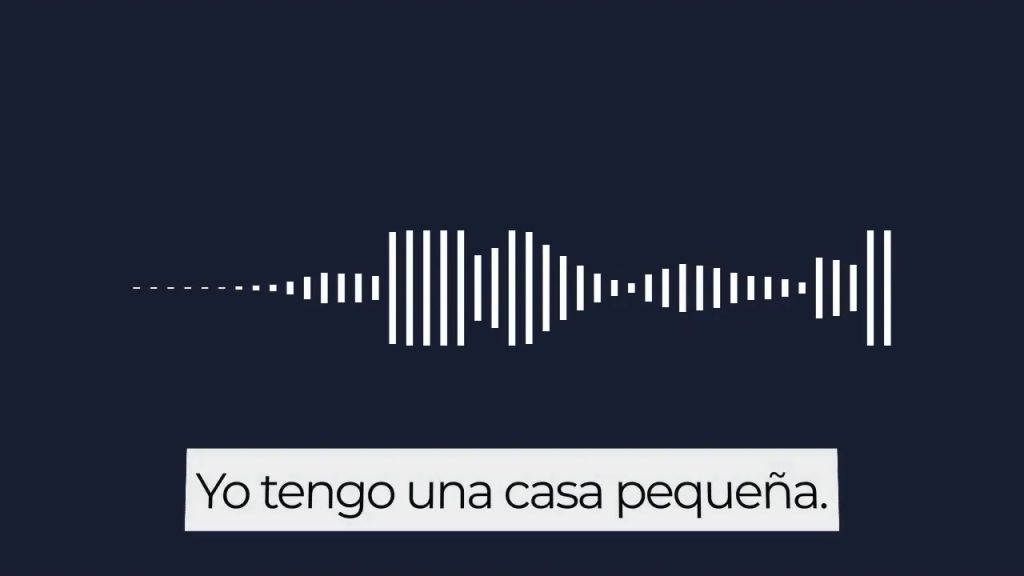Spanish curriculum resources should include short, authentic stories that show grammar in context. Below is a natural preterit narrative in Spanish followed by clear English explanations and classroom activities you can use to teach the preterit tense.
Narrativa en español (pretérito)
Mi última vacación fue interesante. Viajé a los Estados Unidos para visitar a unos familiares. Al segundo día, fui a Puerto Rico por primera vez. Llegué a Puerto Rico un viernes. Después de salir del aeropuerto, fui al hotel. Pasé cuatro días en Puerto Rico. Visité el Viejo San Juan, caminé mucho, fui a la playa y comí en varios restaurantes. También asistí a muchas sesiones en la conferencia donde presenté sobre la enseñanza de idiomas. Ir a Puerto Rico fue una experiencia muy buena, pero al final del viaje me enfermé. Después de enfermarme, tuve que pasar siete días solo en cuarentena. No me gustó nada.

How the preterit is used here
The preterit describes actions that are completed and bounded in the past. In the Spanish narrative above you can see this in action:
- Viajé, llegué, fui — completed trips and arrivals.
- Pasé cuatro días — a specific time period that is finished.
- Visité, caminé, comí — single events or actions that occurred during the trip.
- Me enfermé, tuve que pasar siete días — changes of state and required actions that happened once.


Common endings and quick reference
Regular preterit endings you can highlight in lessons:
- -ar verbs: é, aste, ó, amos, aron
- -er / -ir verbs: í, iste, ió, imos, ieron
Also point out common irregulars and stem changes such as tuve (tener), fui (ir/ser), and dije (decir) when they appear in students’ stories.

Practical classroom activities
Use the narrative and these activities to create engaging lessons. These suggestions work well in any set of Spanish curriculum resources:
- Sentence transformation: Give students present-tense sentences and have them rewrite each one in the preterit.
- Timeline reconstruction: Ask learners to order the events from the narrative and add time markers (ayer, el viernes, dos días después).
- Personal retell: Students write or tell their own short vacation story using at least five preterit verbs from the quick reference.
- Peer editing: Swap stories and underline preterit verbs, then correct tense or irregular forms together.
How to expand these materials
Turn the short narrative into a mini unit for different levels. For beginners, focus on regular verbs and pronunciation of endings. For intermediate learners, introduce irregular forms and contrast preterit with imperfect. For assessment, ask students to produce a recorded 60-second past-tense story.

These approaches make grammar memorable and usable. If you are assembling Spanish curriculum resources, include short authentic narratives like the one above, explicit grammar explanation, and at least two communicative activities. That combination helps learners recognise patterns and practise them in realistic contexts. Good luck creating lessons that connect grammar to real experience and encourage students to speak about their own past events with confidence using the preterit.
Spanish curriculum resources that blend storytelling, explanation, and practice will give students the repetition and meaning they need to master past actions in Spanish.
Building Proficiency for World Language Learners: 100+ High-Interest Activities
Discover over 100 dynamic activities to make world language learning interactive and fun. I wrote this book with some of my favorite activities for educators aiming to build proficiency with high-impact strategies.
Learn more and get your copy here.
5 Weeks of No and Low Prep Fun
Need quick, engaging activities for your class? This free guide includes 25 no-prep and low-prep ideas to save time while keeping students excited about learning.
Download your free copy now.
100s of videos to learn Spanish:

